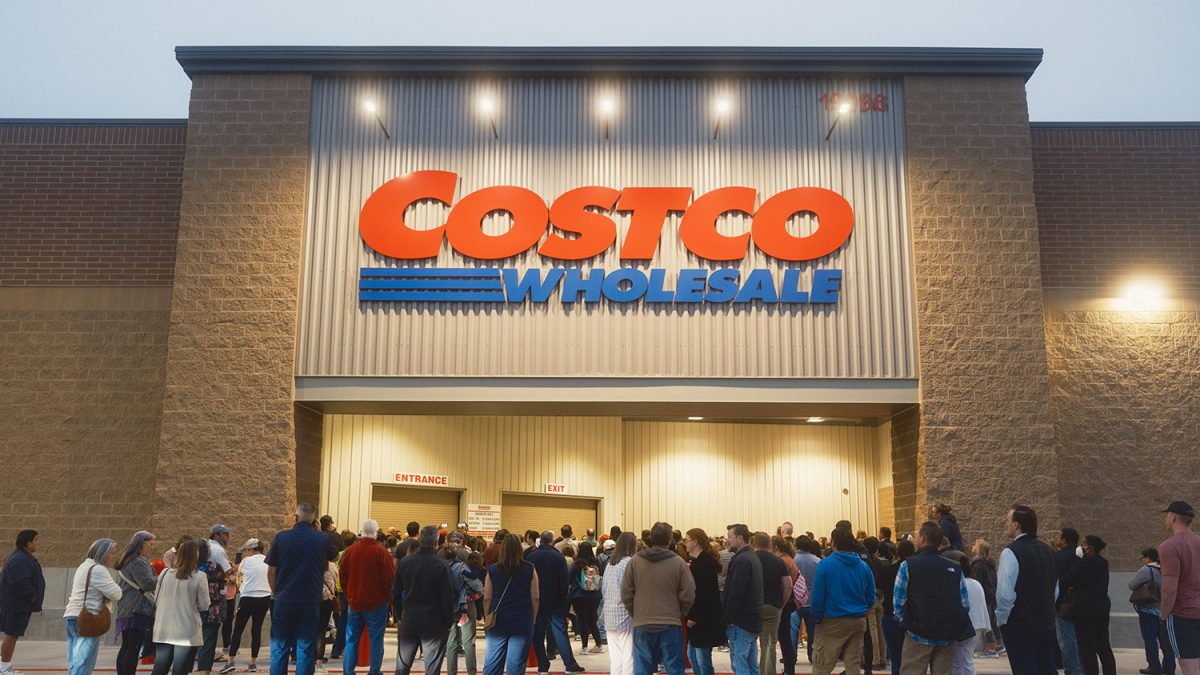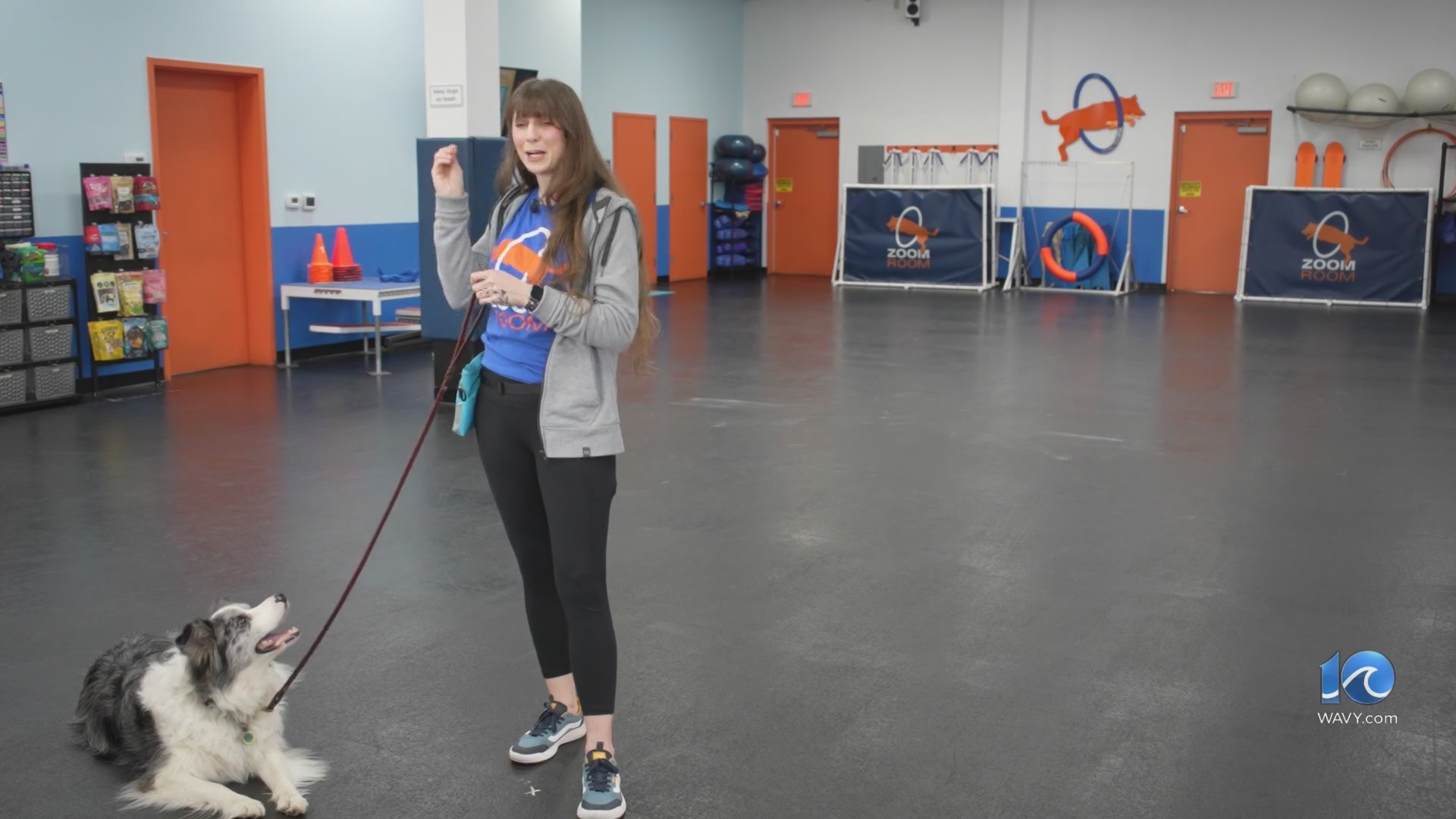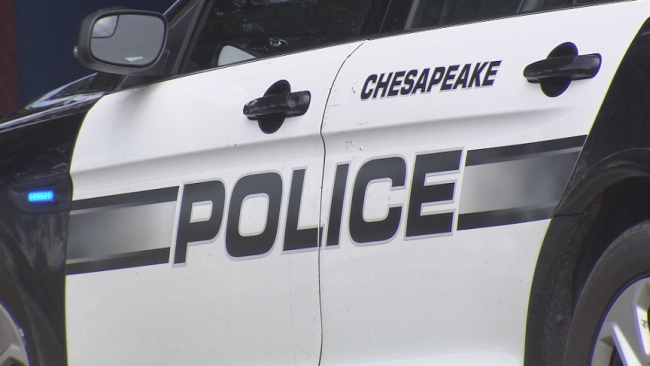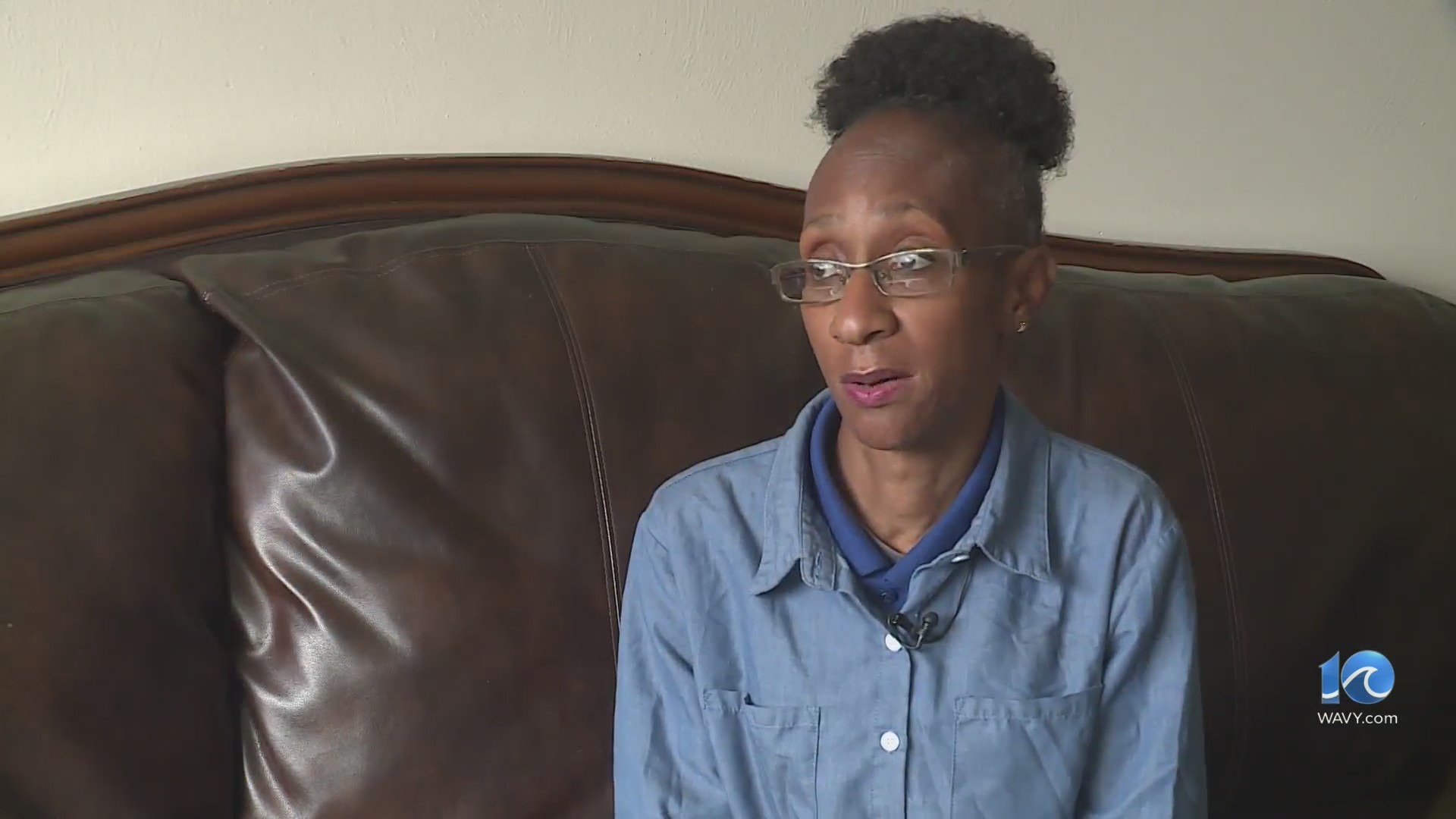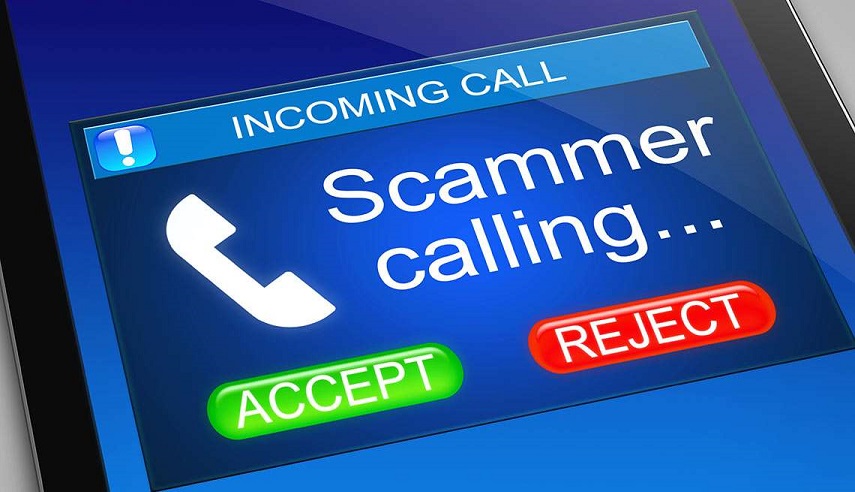NORFOLK, Va. (WAVY) — The mission is 24/7.
“Being in the Navy is a hard job,” said Command Master Chief Justin Gray.
Combine that with the stresses of home life: kids, marriage, money and an uncertain future, and it can lead some to make drastic decisions.
“None of us are immune to that, and the only way we can prevent it is to talk about it,” Gray told WAVY.com. He lost his own mentor, a master chief, to suicide four years ago.
Recently three sailors assigned to the USS George H.W. Bush carrier died by suicide over a period of a week.
The rate of suicide in the Navy has been steadily increasing in the last decade. The Navy reported 68 active duty sailors died by suicide last year. 65 died in 2017 and 52 in 2016. Though the Navy has been building its arsenal to fight suicide.
“We are much more sensitive to life, to what the sailors and family members are going through. We are quicker to respond, we have a lot more resources available than we did 25 years ago,” said Region Mid Atlantic Chaplain Glen Wood.
So why aren’t more people seeking help? Wood believes, in part, stigma still exists. “Those concerns are there, but they shouldn’t be. We have built an environment throughout the Navy. It’s really an environment of making sure the sailor gets what they need,” he said.
Any conversation with a chaplain will always remain confidential. Wood encourages sailors to use their chaplain as a first resource. There is also a designated suicide prevention hotline, 1-800-273-TALK, or if you’d rather not talk you can text 838255 for a live chat on the veterans crisis line.
“There are so many services, and one suicide is too many, we should all be talking about this issue,” said Shannon Davis, a licensed clinical social worker and director of the Readiness Program at Navy Region Mid Atlantic
She told WAVY.com that Fleet and Family Services offers two programs specific to the Navy: Deployed Resiliency Counselors (DRC), in which highly trained licensed civilians deploy with ships, and Sailor Assistance Intercept for Life (SAIL), which is a voluntary program in which they reach out to sailors on a regular basis to make sure they have the resources they need.
“We wouldn’t put all those resources together if there was going to be any kind of reprisal for using them,” Gray said.
Wood wants sailors to know when they need help, all they have to do is ask.
“The best part about the Navy today is that a sailor doesn’t have to walk through life alone.”





















































